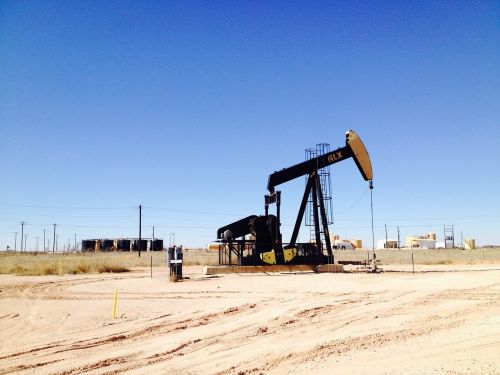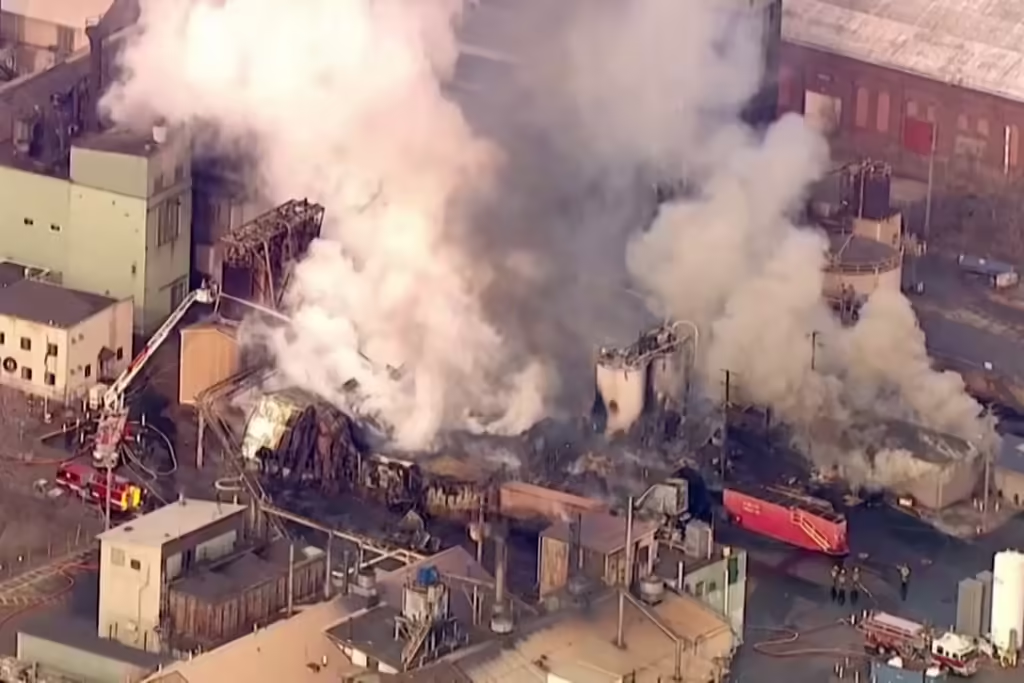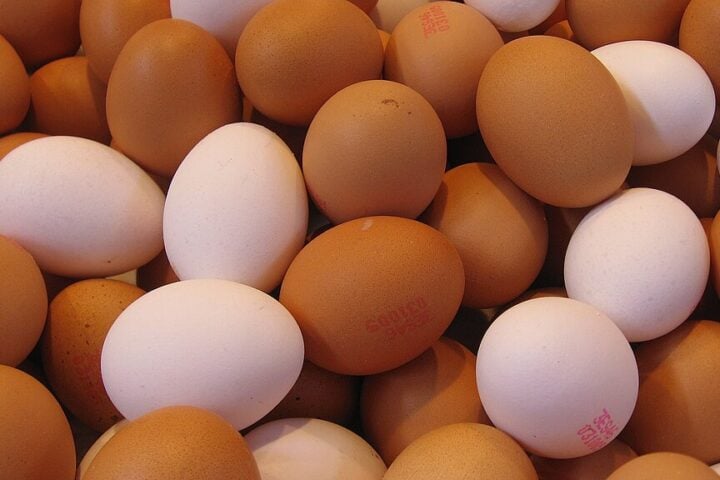The Covid-19 pandemic and the lockdowns lead to the significant drop in revenue, ultimately resulting in the company filing for security against their bankruptcy due to its over-ambitious expansion. But, in the first nine months of last year, Chesapeake earned $1.3 billion of profit which gained $800 million in dividends to its shareholders. Its stock price spiked and doubled in 2021 after the company relisted its shares. Despite the push for clean energy by the current administration led by Biden and a history of erratic investments and heavy debt-dependency, fossil fuels have shown a remarkable resilience owing to a combination of factors such as the Russian invasion of Ukraine and the U.S economic recovery.
The production of natural gas, which is Chesapeake’s field of specialization, has reached all-time high levels in the USA. Production of Crude oil has not reached the 2019 levels, but it is still at a peak. Natural gas and crude oil exports have also spiked, surpassing international sales of aircraft, pharmaceuticals, food and cars. Companies like Exxon Mobil Corp, witnesses an 80% increase in stock prices last year.
Biden administration has made clear signals regarding the reduction of drilling, so oil and gas companies have moved to the nation’s extensive private shale reserves to drive production higher. As global demand for U.S. oil and gas has skyrocketed, resulting in high profits for producers. The President has accused them of profiteering during the crisis, but industry leaders see it differently – “What’s really happened is the world has realized there is a need for hydrocarbons in energy policy,” said Domenic Dell’Osso, CEO of Chesapeake.
Chesapeake recently added a seventh drilling rig in the Haynesville basin which is a massive natural gas field spread across east Texas and northwest Louisiana. There were total 69 drilling rigs in operation as of early January compared to 32 in summer of 2020 which is benefiting the locals.
However this current boom is not like the past ones. In the previous natural gas booms, drillers expanded at a rapid pace, incurring a lot of debt in the process. They gathered to the Haynesville region when gas prices were high, but just as quickly left when prices fell which brought lot of uncertain losses for the local economy.
Now due to multiple domestic and international factors, companies are expecting returns on a steady demand for Haynesville gas. To add to it, shareholders are urging companies to share more of their profits to investors instead of using it for expansion, a strategy that helps them to handle fluctuations in commodity prices better, according to executives and analysts.
Another significant factor is the revenue coming form exports, which is bulk of the earnings. Hence the risk of increased production and lowering prices for American consumers can be mitigated. The recent mild winter made natural gas prices to drop below $4 per million British thermal units, however, experts predict that exports will help maintain high prices in the years to come.
This is due to several factors, such as the lack of sufficient pipeline capacity to transport more gas from fields in Appalachia to heavily populated regions like the Northeast, while it is relatively easy to move large quantities of gas from places like the Haynesville basin to terminals on the U.S. Gulf Coast for shipping in liquefied form to Europe that has been cut off from Russia.In the third quarter of 2022, Chesapeake was able to extract 1.6 billion cubic feet of gas per day from the Haynesville basin, with plans to slightly increase production in 2023. Comstock Resources, a competing company majority-owned by Jerry Jones, also announced plans to expand drilling in the area. Chesapeake, founded by Aubrey McClendon, was one of the first to use horizontal drilling and hydraulic fracturing to unlock large amounts of natural gas. While they drew gas from shale formations, they also acquired millions of acres of mineral rights with billions in debt. However, overproduction caused gas prices to drop, resulting in diversifying production and downsizing operations. Despite these struggles, they are betting on the world’s continued reliance on fossil fuels and natural gas as a bridge to renewable energy.
- MTA Boosts Service on 16 NYC Bus Routes Starting June 29, 2025
- Brits Track Finances, Weather and TV More Than Cancer Symptoms, NHS Warns
- Ford Recalls 148,000 Vehicles for Brake Fluid Leak and PCM Software Glitch
- Brook Floater Mussel Faces 95% Decline as Lawsuit Revives 15-Year Fight for Endangered Species Protection
- James Webb Identifies Unusual DMS Concentrations on K2-18b, Raising Life Possibility
Chesapeake, a natural gas and oil company, has shifted its focus from growth to cash generation and investor payouts after emerging from bankruptcy in early 2021. The company reduced its debt by $7.8 billion during the process, acquired additional gas assets in the Haynesville, and signed a 36-month agreement to supply 300 million cubic feet of gas per day to Golden Pass LNG, an export terminal set to come online in 2024. The U.S. is expected to double exports of LNG to nearly 24 billion cubic feet per day by 2030, and much of the supply will come from the Haynesville. However, domestic energy costs have not decreased due to lack of infrastructure. Increasing exports and global gas market prices have resulted in higher domestic prices, and it is unlikely that prices will return to pre-pandemic levels of less than $3/million BTU. Chesapeake has also cut back on capital expenditures, and investors prioritize returns over growth in an industry with uncertain prospects.

















